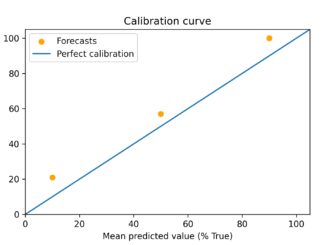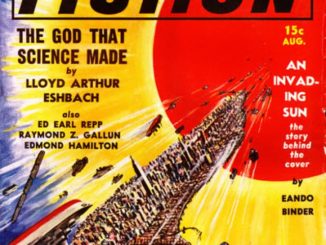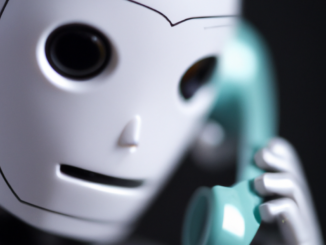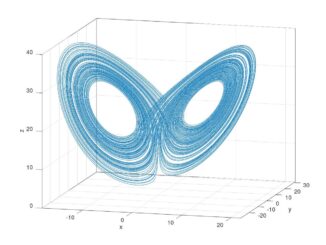
All pages and blog posts

Blog

Blog

Reports

Essay Competition on the Automation of Wisdom and Philosophy

Essay Competition on the Automation of Wisdom and Philosophy

Essay Competition on the Automation of Wisdom and Philosophy

Essay Competition on the Automation of Wisdom and Philosophy
Some Preliminary Notes on the Promise of a Wisdom Explosion
By Chris Leong This was a prize-winning entry into the Essay Competition on the Automation of Wisdom and Philosophy. Notes

Essay Competition on the Automation of Wisdom and Philosophy

Blog

Blog

Blog

Blog